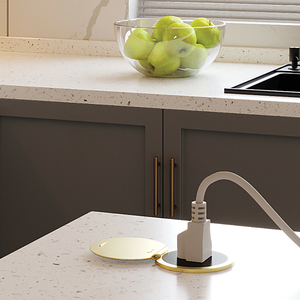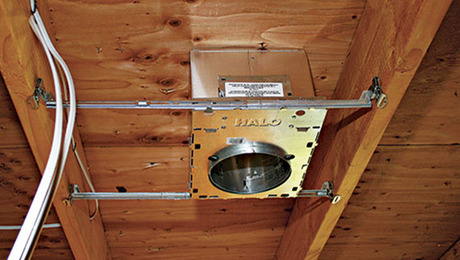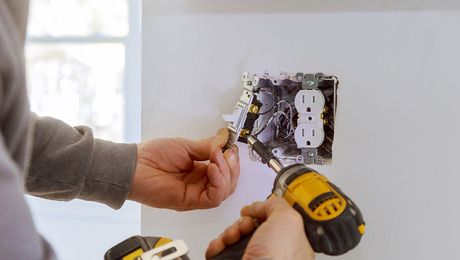
A fish snake makes it a lot easier to thread electric wire through walls, but sometimes the snake needs a little help. In my experience, that help is a length of plastic pipe. For example, let’s say a piece of blocking lies between the basement ceiling and a new switch box, as shown in the drawing. After drilling a 1-in. dia. hole in the blocking with an extension bit, I can probe around with the pipe until it passes through the hole. The pipe then becomes a temporary conduit through which the wire can pass.
I found another application for this temporary conduit approach when I had to fish a wire through a dropped ceiling in a bathroom. The wire had to go around a recessed light, past a number of other wires, and over some plumbing lines. The snake wire kept getting deflected by these obstacles. For help I turned to a piece of flexible 3/4-in. polybutylene tubing. By rotating the tubing and wiggling it around, I was able to push it past all the obstacles. I could easily tell when it hit the far wall. As I pushed it against the distant drywall, my helper located its exact position by the tapping sound it made. Then we cut a small hole, ran our wires and removed the tubing.
Larry Wilson, Uniondale, PA





























